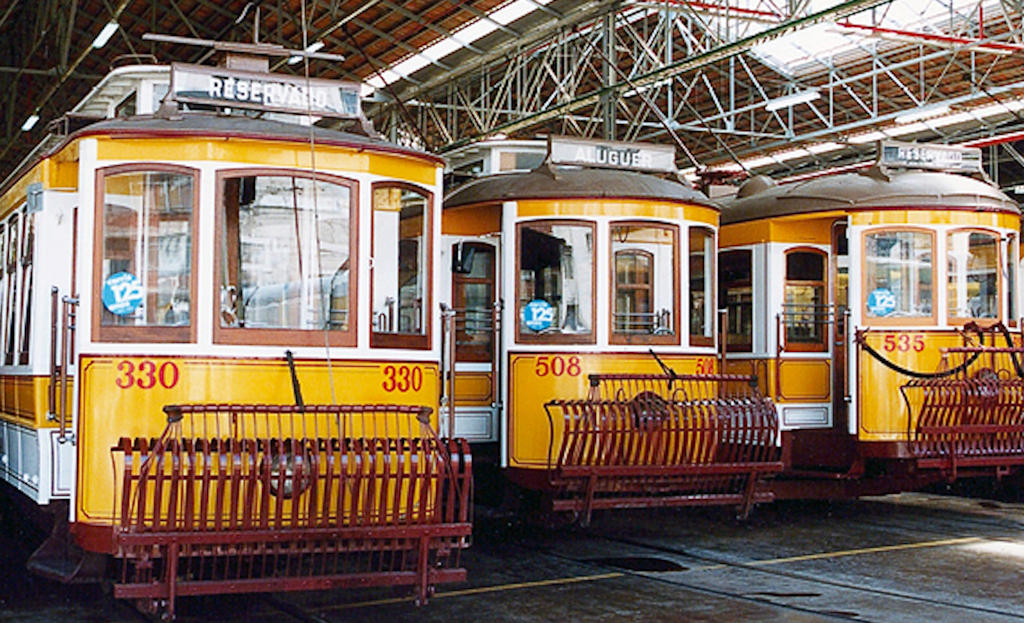Upon entering the museum, visitors are greeted with a vast collection of exhibits and displays that chronicle the development of transportation in Lisbon. The main museological nucleus takes visitors on a chronological journey, starting with the establishment of the company and the introduction of animal traction vehicles. From there, the exhibits guide visitors through the emergence of funiculars, the adoption of electric traction vehicles, and the innovations of the 20th century.
The Carris Museum boasts an impressive assortment of vehicles, each offering a unique glimpse into the past. Visitors can marvel at horse-drawn trams from the turn of the century, vintage trams and buses used by Carris, and even a double-decker bus from the 20th century. The exhibits are carefully curated, showcasing the significance of each vehicle and its role in shaping Lisbon's transportation system.
To enhance the visitor experience, the museum offers a short tram ride on a beautifully restored tram dating back to 1901. This nostalgic journey allows visitors to immerse themselves in the ambiance of a bygone era and appreciate the craftsmanship of these historical vehicles. The tram, with its retro charm, evokes a sense of nostalgia and provides a unique perspective on Lisbon's past.
Beyond the main exhibition area, the Carris Museum features two pavilions that house secondary exhibits. These pavilions showcase additional vehicles, workshop machinery, and reconstructed areas that offer a deeper understanding of the operational aspects of public transport. The second pavilion, in particular, presents electric trams and buses that bridge the gap between the 1950s and the present day.
In its commitment to providing a comprehensive experience, the museum recently inaugurated a third section dedicated to different types of vehicles, ranging from those used for work to public service buses awaiting restoration. This expansion allows visitors to explore the diverse range of vehicles and gain a deeper appreciation for their historical and cultural significance.
The Carris Museum in the Alcântara neighborhood is not just a repository of transportation artifacts; it also offers educational programs and activities for visitors of all ages. The museum's educational service organizes guided visits, interactive games, workshops, and even children's birthday parties, all of which provide engaging and hands-on experiences related to the world of public transport.
Lisbon.vip Recommends
To further enhance the visitor experience, the museum features a multimedia room where visitors can watch "Viagens com Vida," a film that shares unique stories and experiences of former Carris employees during their time working for the company. This immersive audiovisual presentation adds depth and personal insights into the history and impact of public transport in Lisbon.
Before leaving the museum, visitors have the opportunity to browse the museum's shop, where they can acquire a variety of objects and memorabilia related to Carris and its rich history. From miniature replicas of trams and buses to books and other souvenirs, there is something for every transportation enthusiast to take home.
In conclusion, the Carris Museum in Lisbon offers a captivating journey through the history of public transport. With its extensive collection of trams, buses, and exhibits, the museum provides a comprehensive overview of how transportation has evolved in the city over time. Whether you are a history buff, a transportation enthusiast, or simply curious about Lisbon's past, a visit to the Carris Museum is sure to be a memorable experience filled with nostalgia, knowledge, and appreciation for the vital role public transport plays in shaping urban landscapes.
Map View



